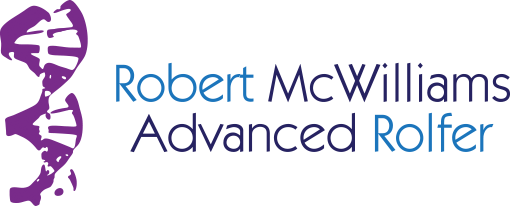When I was up in Fort Collins recently ( to receive a Rolfing® session from Tim Schafer) I had some time to sit outside in glorious (for mid-winter) sunshine across from a Macy’s in the process of being demolished. It was a great opportunity to contemplate a structure in disarray, still standing, even though all the normal spatial relationships are gone: collapsed and strangely not-supportive foundations; hallways that had conveyed people and stored mass quantities of goods squashed, twisted and useless. Imagine that was your body. Imagine the people and goods were the physiological necessities of blood flow and nerve communications of all of our normal “inhabiting parts” which needed to somehow make their way through these impinged and twisted hallways, and the support structures in our body, the legs and pelvis, needed to still hold us up even though the normal lines of support, with normal “communications support” via blood supply and nerves is battered, twisted and crimped. Imagine too that a vast system of pulleys and struts that allow movement within and though space for this structure to breathe and work are also completely thrown off kilter. Imagine the amount of effort and energy it would take for such an off-balanced and misaligned system to function.
These are aspects of what Rolfers™ look at: lines of weight transmission and distribution of force generated by the legs from the ground; balancing of the ‘pulley system’ of flexors and extensors by working with the fascial connections to realign back into more harmonious push/pull/reach, lengthening and shortening relationships; working with the innate coordination of the body and working to bring that back into normal awareness for the client; helping people to befriend their body again, as they did in infancy and enjoy more sense of peace and energy.
I can’t “Rolf” ( as in perform Rolfing Structural Integration on) a building, because that requires the body’s innate desire for healing and balance (homeostasis). But for us, even as we dissolve into the natural decay of aging, no matter how broken we may feel, there is always hope to ‘reach the next level’ of function, ease, beauty and awareness, of sensing where we are in space and where we’re going, of the space within, and enjoying our sense of weight leaning into the process of getting older.
(303) 887-6764 (in Colorado)
robmcwilliams@mac.com
